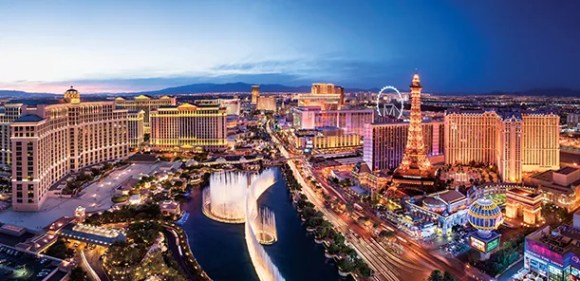by Pádraic Gilligan, Managing Partner, SoolNua
How to select destinations for a meeting, incentive travel experience, conference or event can sometimes be a random, even quixotic activity. However, usually it’s anything but. The selection process is actually quite systematic, even scientific. In my 20 years + as an event professional the selection process has always involved these 7 criteria but not necessarily in the same order of priority across the 4 segments of the MICE acronym and with one or other criterion often front and centre during particular economic or geo-political cycles. This post will be in two parts with part two wending its way to you next week.

Access – Number 1
A cornerstone of the selection process in any era, however, is and will always be access. The fact that they’re so well connected is the saving grace for certain destinations that might have overlooked other aspects of the selection criteria, i.e., perhaps not investing in infrastructure or offering any event subvention. If delegates can get there easily – preferably on a single direct flight – then much will be forgiven or overlooked or tolerated.
Major global cities like New York, London or Paris can sustain sky-high hotel and venue prices because they are so easily reached for so many locations all over the world. When you take the “total event cost” into consideration, it’s often no more expensive to operate your event in New York than in Memphis due to the frequency and cost of access.
One minor exception to this rule, of course, is the incentive sector. Incentive planners will often look beyond ease of access if there’s a destination paradise at the end of the journey. Montreaux in Switzerland is a case in point. With limited air access direct into Switzerland, US incentive qualifiers often have to fly over Amsterdam, Paris or Frankfurt to get to Geneva and then board a train for the 60 minute journey to this lakeside Valhalla. And, once they’re there, nobody complains!

Infrastructure – Number 2
The destination must have appropriate infrastructure if it’s to be considered for MICE. and each of the 4 sub-sectors will have its own key requirements. Corporate meetings, for example, will often seek global chain hotels with classic 4 star meeting room inventory because they have global agreements with them and know precisely what they are getting when they buy Marriott or Hilton or Hyatt.
Incentives, on the other hand, will want 5 star properties and will have a preference for global luxury brands like Four Seasons and Ritz Carlton but will also seek out unique housing options like Ashford Castle in Ireland or Chewton Glen in the UK.
Conferences, particularly if they’re at the “congress” end of the conference spectrum will not consider a destination unless it has a dedicated convention centre with ample space for the accompanying exhibition and the food and beverage requirements.
Events and/or Exhibitions, too, will require specific infrastructure – sporting events like the World Cup or Olympics will need a suite of stadia around the country, for example while Exhibitions will need large pavilions and halls with great transport links to airport and city centre.
All MICE business will need good in-destination connectivity, great restaurants, interesting visitor attractions and, that brand new sine qua non, access to high speed broadband.

Price = Value – Number 3
I always quote Oscar Wilde’s famous dictum about the man who knew “the price of everything and the value of nothing” when discussing the affordability issue in relation to destination selection.
Obviously price and value are particularly pertinent in sectors like association conferences where the destination selection is made by the organising committee but paid for by the conference delegates themselves. In such instances affordability and even the perception of affordability plays a HUGE part in the success of the event. If the delegates perceive the destination to be too expensive then they’ll skip conference that year. Organisers have learned this the hard way so are very careful to pick a destination that suits the socio-economic profile of their attendees.
With corporate meetings and incentives it’s more black and white. The decision is exclusively in the hands of the budget holder as she is footing the bill for everything. She’ll have an agreed overall budget to cover the entire event and, if on-the-ground costs in the destination (like hotel, transport, meals, activities) fall outside the allocated amounts, then another destination will be selected.
It’s as black and white as that!
When benchmarking costs with other locations it’s vital that destinations calculate the total cost of staging the event in that particular location as one single budget line item – overnight accommodation, for example – will not offer a true financial insight of overall event cost. Hotel prices in Paris can be expensive, for example, but air and land access is very efficient (i.e., you can get in and out in a minimum number of days) and food, by and large, is reasonably priced. Thus when all costs are factored together Paris can often be very good value for money.
[MORE NEXT WEEK]
Pádraic Gilligan, Patrick Delaney and Aoife McCrum run SoolNua, a specialist agency working with destinations, hotels and venues on strategy, marketing and training for the MICE market.


